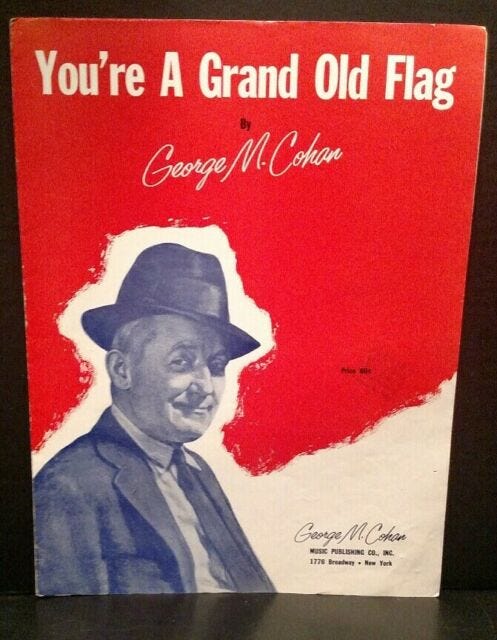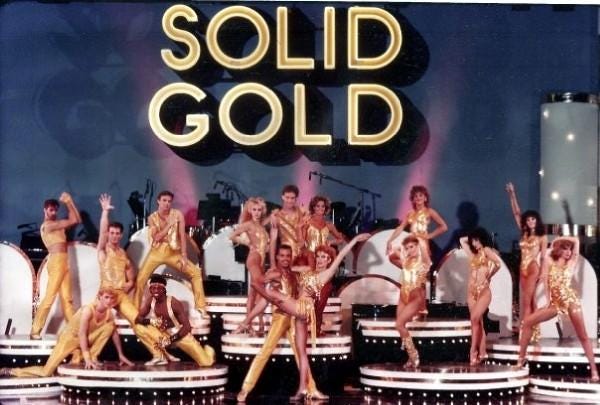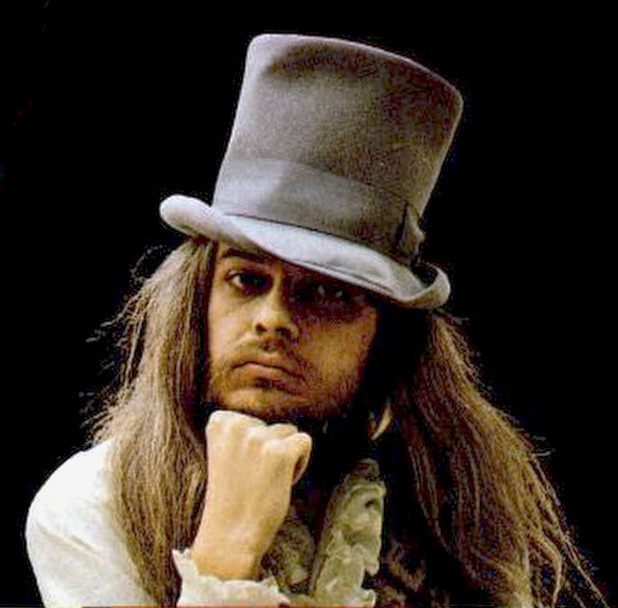Many of you have heard my stories about music and bands. While I haven’t ever discussed it at length, the struggles we went through to “make it” also confronted me as an author—-only in that realm I apparently had more skill!
On a recent trip with a friend—-a singer in one of my first bands, who went on to play music the rest of his life—-we ended up talking about what we did to try to “break through.” I will call him Roger. Here are some of the outlandish and, ultimately, unsuccessful, things Roger did to try to get noticed.
He began singing in church, and Roger’s mother entered him in a talent contest to sing “Yankee Doodle Dandy.” But another performer came out with that song before him, so abruptly he switched to “You’re a Grand Old Flag.” He went on to sing in “South Pacific” at the high school musical, and then caught my band’s eye.
We had just lost a battle of the bands, but one of the judges thought we should have won and arranged for us to get a free recording session at Phoenix’s Audio Recorders. There was one problem: we didn’t have any original music—-but Roger did. We knew he not only could sing but could write music. So we invited him to join the band, and together produced and recorded a song called “We All Need.” Our “B” side was a cover of the Beatles’ “Day Tripper.” Not bad for young punks.
Although we played many gigs together, eventually Roger joined another local Phoenix group that met a “manager” named H. B. Barnum (no relation to Phineas T.) who was, at the time, working with a black iteration of the “Gold Diggers” dancers, a takeoff on the “Solid Gold.” As would be a running theme for all musicians, the band signed a management deal with Barnum that “gave him everything and us nothing.”
It didn’t matter. The band was already struggling and Roger knew he was going solo anyway. First he went to Shelter Records, founded in part by legendary pianist for Joe Cocker, Leon Russell. The balloon deflated quickly: it was an old house with recording equipment. One of the execs literally took Roger into a maintenance closet and said, “Play me your stuff.” After a couple of songs, he said, “good voice but I’m not into your tunes. Work on your songwriting.” Actually, it wasn’t bad advice.
With his wife in tow, Roger next hit up Capital Records, then a landmark building on Sunset that looked like, well, a stack of .45 rpm records. Once again, no joy. But on their way out of the building, Roger’s wife noted that talk show host Merv Griffen had his studio across the street . . . and who should pull up in a glistening white Mercedes but Merv himself! Roger’s wife “put a death grip on his shirt” and dragged Roger across the street. He was barefoot at the time. They shouted “Merv, Merv.” Griffen listened to their petition and told them to return in two hours. At the time Roger didn’t have a solo tape—-just the tape of the band he fronted, so he brought that.
In Merv Griffen’s office, Roger played the tape for Merv and his executive producer. Same story: “I don’t care for the songs but you have a good voice. I can’t do anything for you right now, but don’t give up.”
Indeed Roger didn’t. He wrote some songs specifically with Merv in mind. Again, the tape got delivered and again received a “no.”
Roger returned to Arizona, worked a regular job until he had enough money to go back to Hollywood. This time he had a different strategy: he would use maps of the stars’ homes to get in front of them, one way or another. His first stop was the Malibu residence of the star duo “Sonny and Cher.” He got to the address to find a large metal gate, but could see the house not too far away. So Roger climbed up on the car roof—-with his wife and baby inside the car—-and began singing. And singing. And singing. He was sure Sonny or Cher would eventually come out. Instead six Dobermans came out to bark at him. After a couple of hours, a young man from a neighboring house came out. “What are you doing?” Roger said, “I’m singing for Sonny and Cher.” The boy thought, they said, “Do you want to come in for a while and have a drink?”
Roger, his wife, and baby went up to the house of, as it turned out, the heir to the S&H Green Stamp fortune. After some sodas and a chat, evening was falling. Roger returned to the car roof to sing as a car finally pulled up. An English nanny was in the car with Chastity Bono. In her finest accent she said, “Wot are you doing?” Roger said, “I’m singing for Sonny and Cher.” She laughed. “You’ll have to sing louder. They’re in Las Vegas.”
Undaunted, Roger returned to Phoenix, assembled some investors, and cut an album with some commercially viable songs, but once again, the best he got was the Artist and Recording (A&R) man at Atlantic Records saying, “not now, but stay in touch.”
He gave it one last try in Hollywood with RCA. One of Roger’s songs was called “Cadillacs and Girls.” After patiently listening, the A&R man drolly noted, “I can’t show you any Cadillacs and girls” today. Meaning, “don’t call us, we’ll call you.”
Even the most successful artists can wallpaper their houses with rejection slips. For those who never do make it, the rejection slips could fill a library. But there is always just one more audition . . . .
Larry Schweikart
Rock drummer, Film maker,NYTimes #1 bestselling author
Link for Patriot’s History Vimeo
Link to buy larry a coffee
http://buymeacoffee.com/larrys









Passed onto my son, now 54